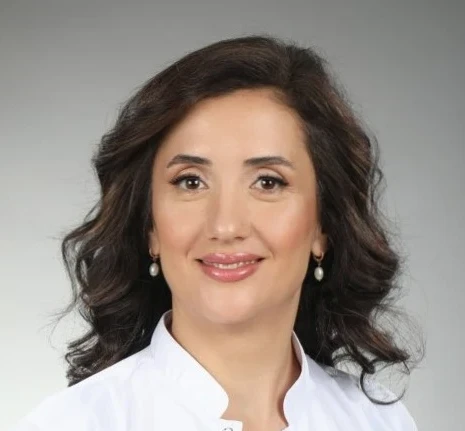Children’s ear, nose, and throat (ENT) health is not only essential for physical well-being but also plays a crucial role in speech development, learning, and social growth. Early hearing and respiratory issues can impact academic performance and daily activities in later years. Since children's immune systems are still developing, they are more susceptible to infections and ENT-related problems, such as ear infections, nasal congestion, enlarged adenoids, and tonsil issues. These conditions can affect sleep patterns, learning abilities, and overall well-being. Recognizing early signs such as hearing difficulties, frequent infections, or breathing issues can prevent complications and ensure timely treatment. Regular ENT check-ups are essential to maintaining children's long-term health.
Routine ENT Check-Ups for Children
Regular pediatric ENT check-ups are important for early detection of issues like hearing loss, nasal congestion, and throat infections. Children who experience frequent ear infections, snoring, or breathing difficulties should be evaluated by an ENT specialist to prevent long-term complications. Early diagnosis improves quality of life and helps prevent developmental delays.
Common Pediatric ENT Conditions and Treatments
Enlarged Adenoids (Adenoid Hypertrophy)
The adenoids are lymphoid tissues located at the back of the nose that help fight infections. However, enlarged adenoids can cause:
- Nasal congestion
- Mouth breathing and snoring
- Sleep apnea
- Recurrent ear infections and sinusitis
Treatment:
- Medication and nasal sprays may help reduce symptoms.
- Surgical removal (adenoidectomy) may be necessary in severe cases.
Enlarged Tonsils (Tonsillar Hypertrophy)
The tonsils are lymph nodes located at the back of the throat that help fight infections. However, enlarged tonsils can lead to:
- Difficulty swallowing
- Snoring and sleep apnea
- Frequent throat infections
Treatment:
- Antibiotics and improved oral hygiene can help mild cases.
- Tonsillectomy (surgical removal) is recommended for severe infections or breathing issues.
Middle Ear Fluid Buildup (Otitis Media with Effusion)
Fluid buildup in the middle ear can cause temporary hearing loss, affecting speech and language development. It is often associated with:
- Frequent upper respiratory infections
- Allergies
- Enlarged adenoids
Treatment:
- Medication and nasal sprays may help drain the fluid.
- Ear tube placement (tympanostomy tubes) is recommended for persistent cases.
Nosebleeds (Epistaxis)
Nosebleeds are common in children and are usually harmless. Common causes include:
- Dry air
- Nose picking
- Allergies or minor injuries
Treatment:
- Tilt the child’s head slightly forward and pinch the nostrils gently for a few minutes.
- Frequent nosebleeds may require ENT evaluation to check for underlying conditions.
Newborn Ear Deformity Treatment (Ear Molding Therapy)
Some newborns are born with misshapen ears due to birth positioning. Early non-surgical intervention is possible because ear cartilage is still soft.
Treatment:
- Ear molding devices help reshape the ear within the first few weeks of life.
- Early intervention prevents the need for surgery later in life.
Hearing Loss in Children
Hearing loss can significantly affect speech and language development. It may be caused by:
- Congenital (birth-related) conditions
- Chronic ear infections
- Fluid buildup in the middle ear
- Genetic factors
Signs of Hearing Loss:
- Delayed speech development
- Lack of response to sounds
- Turning up the volume on devices
Treatment:
- Hearing tests help diagnose the problem.
- Hearing aids, surgery, or speech therapy may be recommended.
The Importance of Early Diagnosis
Early detection and intervention for pediatric ENT conditions can significantly improve a child’s quality of life, communication skills, and academic performance. If your child exhibits frequent infections, hearing difficulties, or breathing issues, consult a pediatric ENT specialist for proper evaluation and treatment.









-174003387667107.webp)






